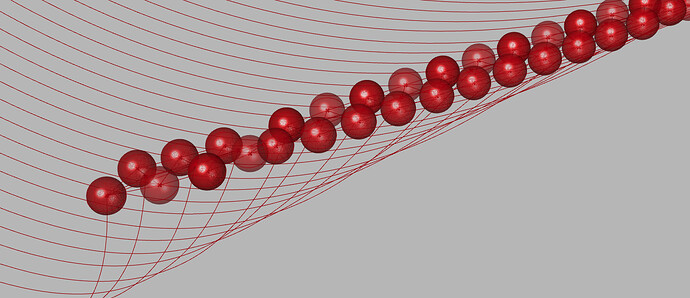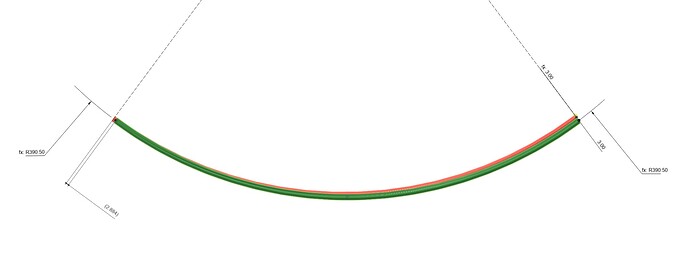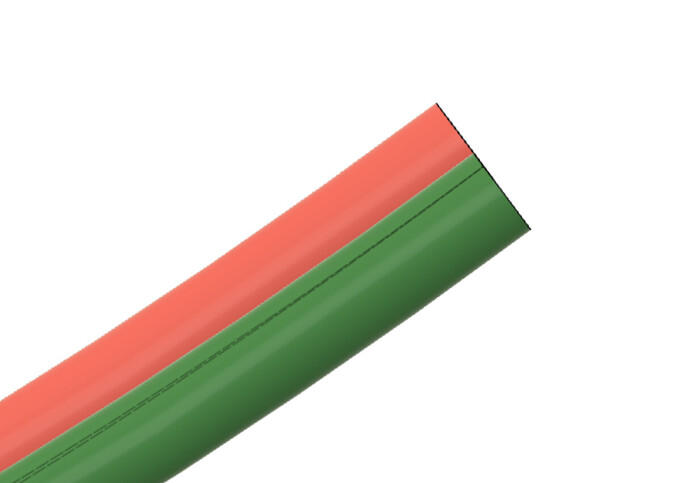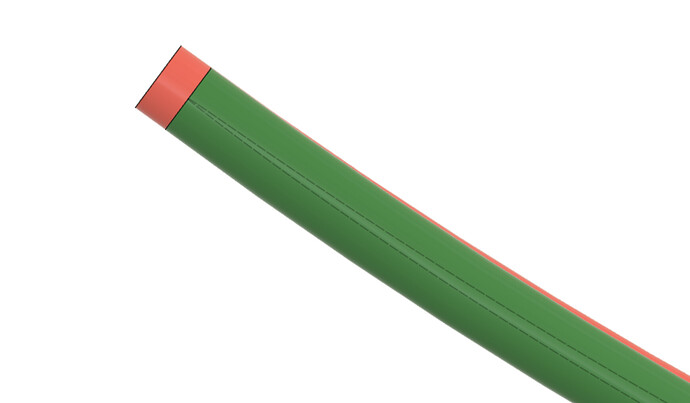Hi there,
I’m wondering if anyone can help me with a Kangaroo situation.
I’m hoping to be able to model this configuration of interlaced tubes in a way that accounts for collision, and adjusts the length, but not the radius, of the arcs, to create an even edge at both sides.
The tubes are stacked on one side, and interlaced on the other.
The goal is to simulate forces cinching the tubes together at either side of the assembly, and then let the collision forces ease the length of each tube into some equilibrium. If it’s not possible to have the tube length change in a live manner I could also adjust a data set of starting lengths until I get the end result.
I’ve tried working through some Kangaroo example files and applying my geometry to them but I am having trouble getting both the collision and the attraction between the ends of the tubes to function simultaneously. I’m not sure if this would require feeding one solver output into another solver, or there’s a way to combine all these goals into one solver.
My basic approach has been to create the tubes, create lines to use as springs between each tube end and their neighbors, and then also define the tubes as a rigid body to try to prevent intersection as they wrestle for equilibrium.
I’ve managed to simulate spheres bunching like this but I’m not sure how to add the tubes in way that they will collide.
If anyone can advise or wants to take a crack I uploaded a grasshopper file, apologies for the spaghetti!
Tube scrunch share.gh (35 KB)






